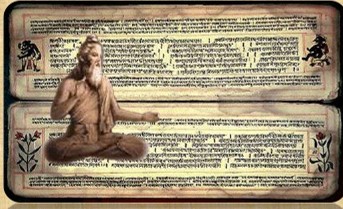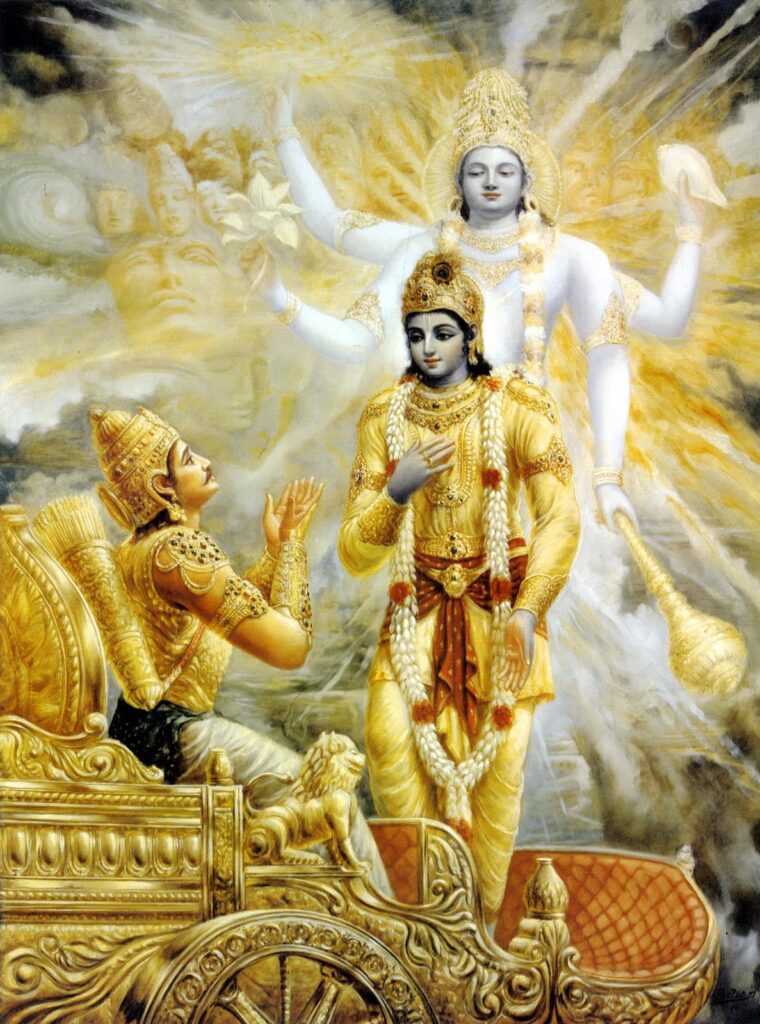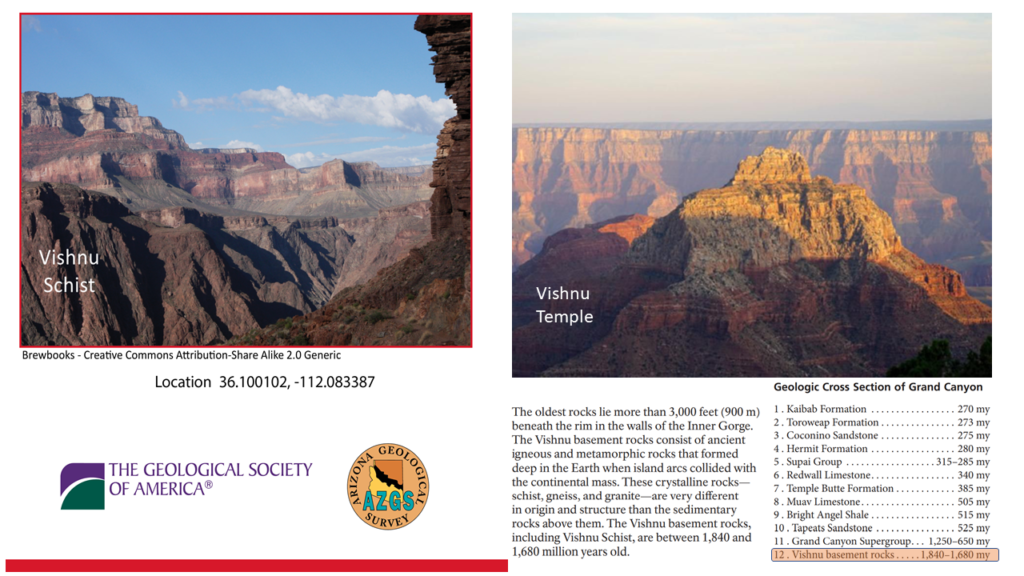Universality of Sanatana Dharma
By Prasad Sundararajan
Sanatana Dharma (Hinduism) is unique among the major world religions in that it does not have a single founder. The core basis of Hindu dharma is based on a crystallization of diverse ideas revealed through the Vedas and Upanishads by ancient sages about the Self (Atman), universal spirit (Brahman) and their interconnections to the manifested (material) and un-manifested (spiritual) realm.
While the major portions of Vedic Samhitas deal with rituals and purification mantras, the Upanishads that form the final portions of the Vedas deal with the Jnana (knowledge) necessary for understanding human experience in this world and in after-life (rebirth and/or liberation). As such, the Upanishads are the relevant Hindu texts that offer the most for modern human experience along with Bhagavad-Gita (Lord Krishna’s teachings to Arjuna in the Mahabharata, the largest epic in the world), that provides a dense but concise and clear wisdom pathways: Karma Yoga (action), Jnana Yoga (knowledge) and Bhakti Yoga (devotion to divinity).

The Upanishads are the deep philosophical principles of the Vedas that is the quest to find the ultimate principle (Brahman) that is the basis on which everything else rests. A majority of Upanishad teachings are non-theistic in nature and hence are of great intrigue and appeal even to non-Hindus in gaining a philosophical understanding of the nature of the universe and our place in it. The presentation is highly logical and even analytical that appeal to modern human mind.

The teachings of the Bhagavad-Gita are entirely consistent with those of the Upanishads, stressing the presence of the supreme principle (atman) within every being and the need to understand the higher nature of the eternal self. The appeal of Gita in contemporary world, even to non-Hindus is that it provides a clear three wisdom pathways to deal with human experience.
Especially, Karma-yoga, that teaches that action does not produce a binding future result if it is performed without selfish desire. Karma-yoga could be defined as action based on dharmic duty (ethical action) that is performed without desire for personal gain. This type of approach to our work and personal dealings can greatly reduce stress while concentrating on the actual action to be performed.
The Jnana Yoga of Gita deals with the process of yoga meditation based on regulation of the mind and senses to work towards perfect concentration in experiencing human actions. Patanjali’s Yoga Sutras text provide a detailed exposition on how to perform various forms of yoga meditation for purification of the body, mind and develop sharp concentration for human actions. These are for the most part non-theistic and hence applicable to all humans and hence their appeal beyond the pale of Hinduism.
Bhakti-yoga provides a pathway through meditation and other forms of worship with undeviating love for the Supreme Being. While this is highly theistic, it can be applied by non-Hindus to their own favored Deity (divinity) or Atman (Self) to achieve liberation. Unlike most religions, Gita does not condemn other gods but says that all these different paths strive to reach the same goal just like rivers traverse different paths in their ultimate merge with the Ocean.

The influence of the Upanishads is far reaching as many western scholars such as Max Muller were startled to note the similarities between many of Plato’s teachings and the Upanishads.
American poets Ralph W Emerson, Walt Whitman and Henry David Thoreau were transcendentalists and greatly admired the teachings of the Upanishads and Gita.
German philosopher Arthur Schopenhauer (1788-1860), a great admirer of Upanishads based his famous work, “The World as Will and Representation” on the Chandhogya Upanishad and stated that “The Upanishads are the production of the highest human wisdom and I consider them almost superhuman in conception”.
Physics Nobel Laureate Niels Bohr remarked that “I go to the Upanishads to ask about profound questions”. Emerson in his poem Brahma, wherein he extols the parama-atman, the cause and result of all things as well as the strength and weakness all that is living or inert.
Robert Oppenheimer called the Gita “the most beautiful philosophical song existing in any known tongue” and used its teachings in his life as a guide. Edwin Arnold (1832-1904) published his English translation of the Gita “The Song Celestial” that Mahatma Gandhi called as the best translation of Gita. American inventor Nikola Tesla was influenced by Hindu texts and used Vedic concepts such as ‘akasha’ and ‘prana’ in his seminal book, “Man’s Greatest Achievement”.